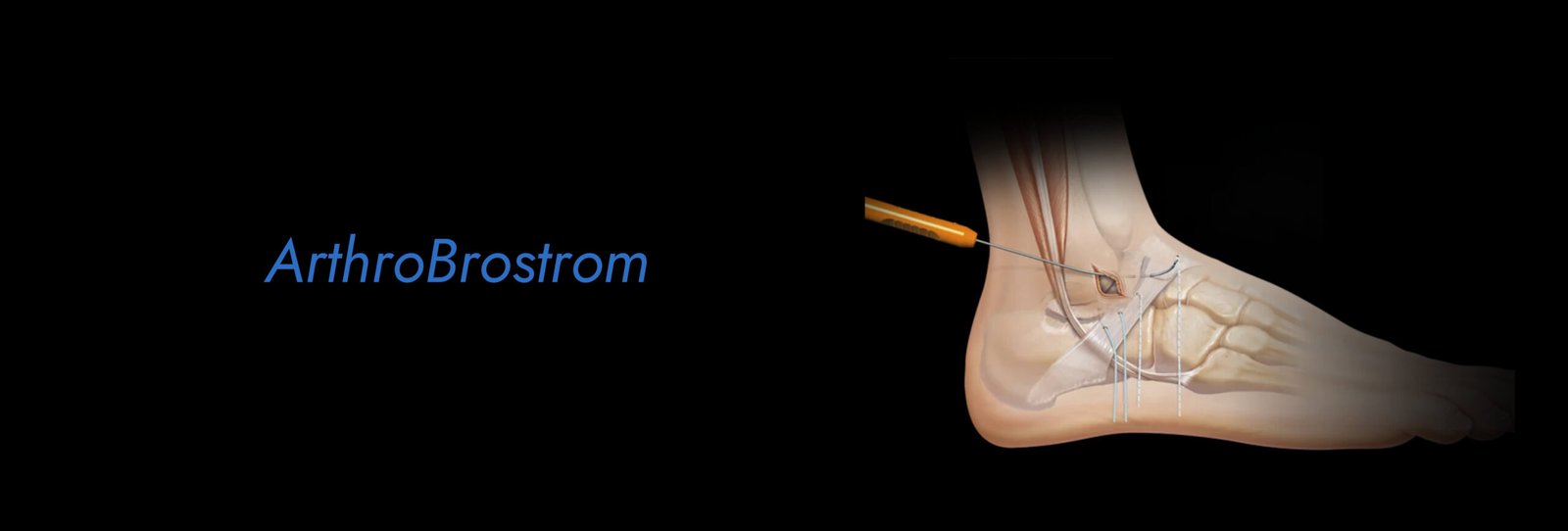
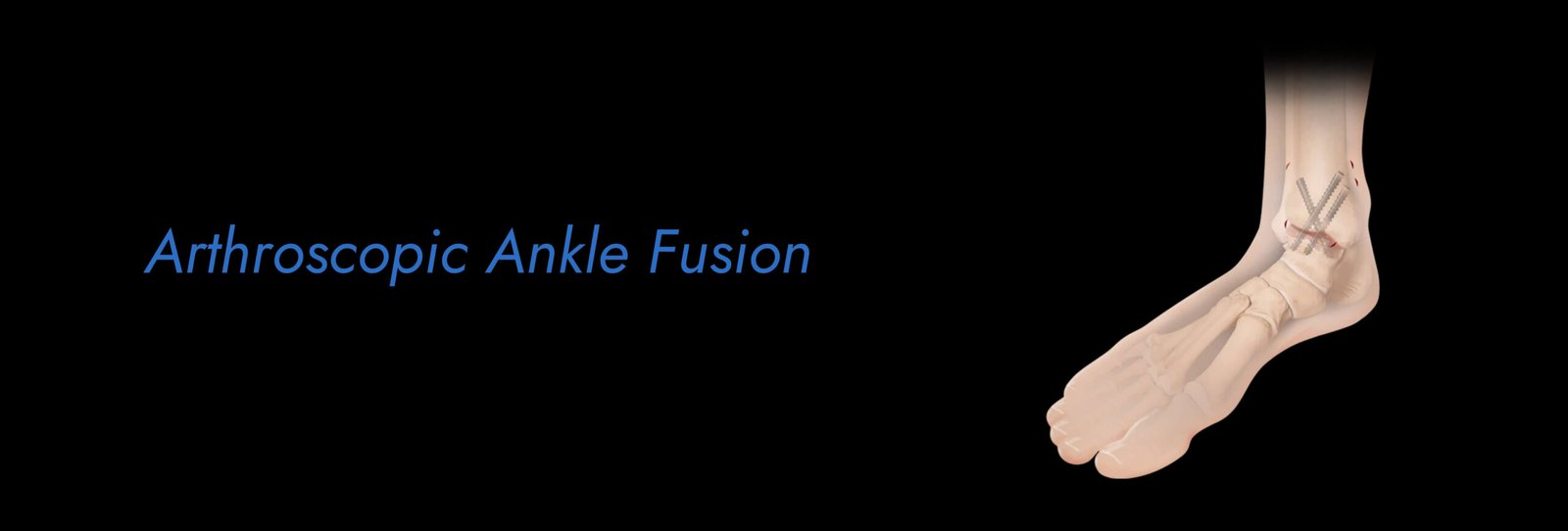
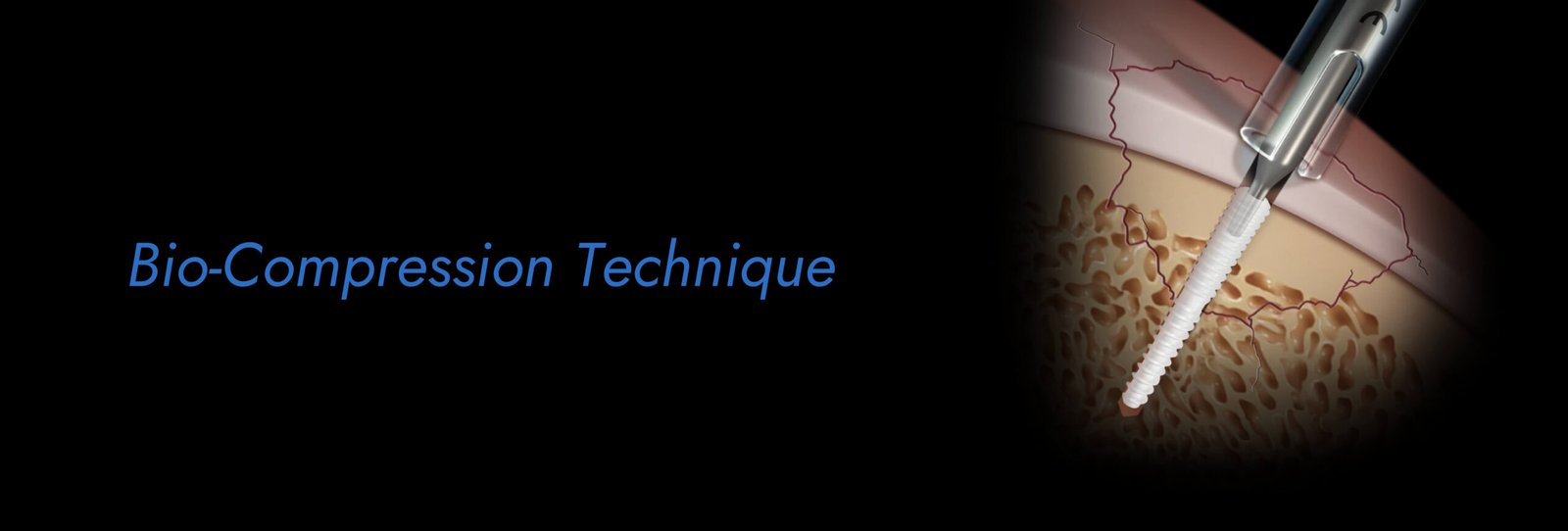
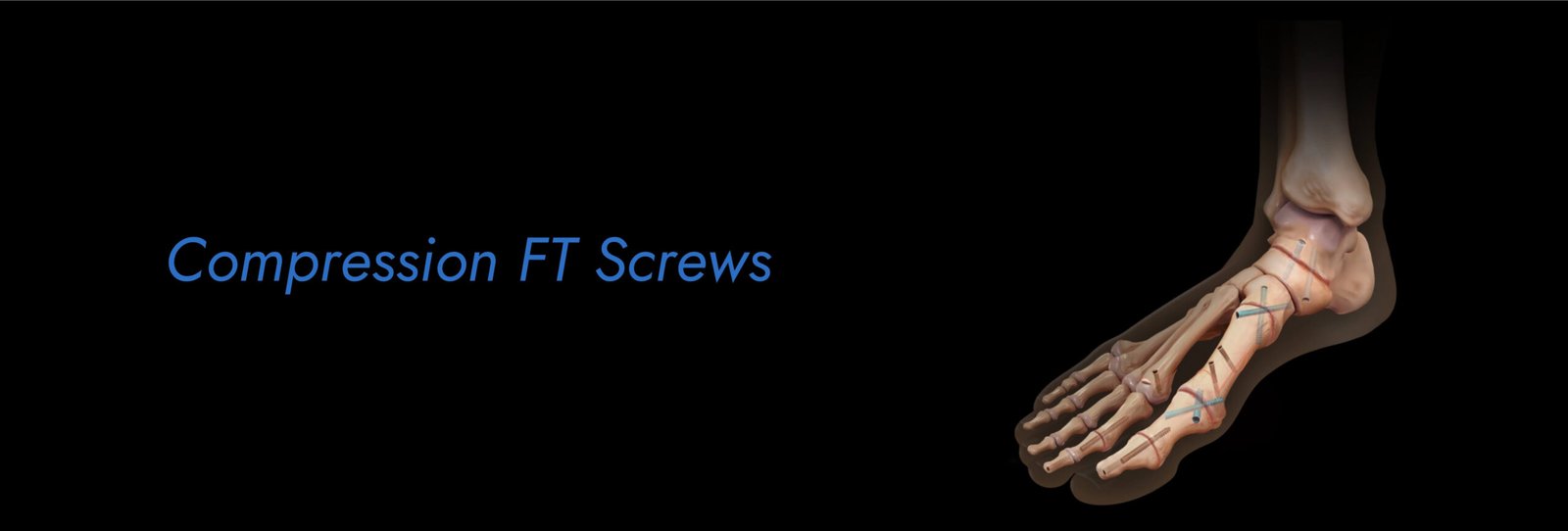
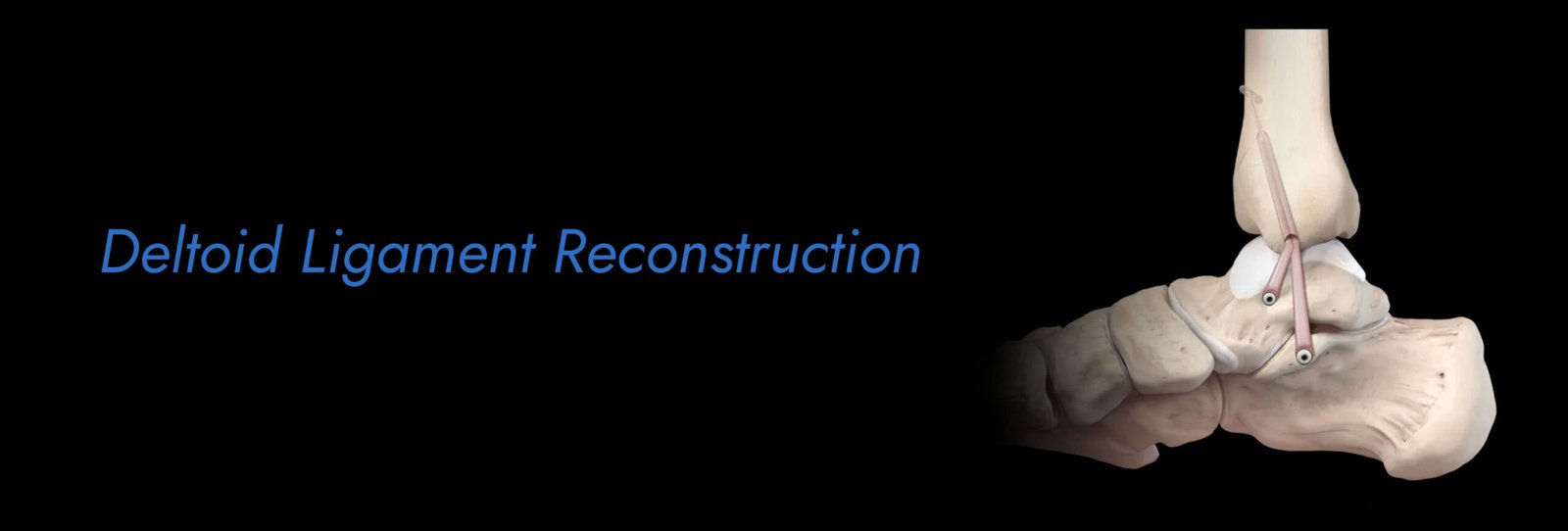
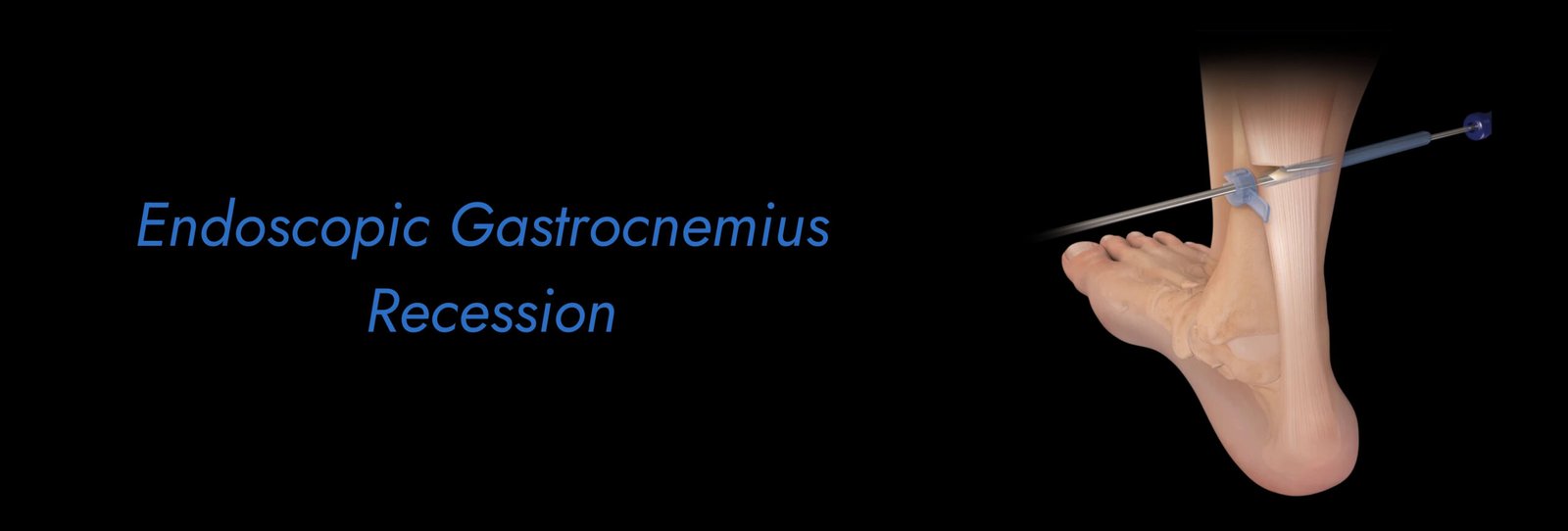
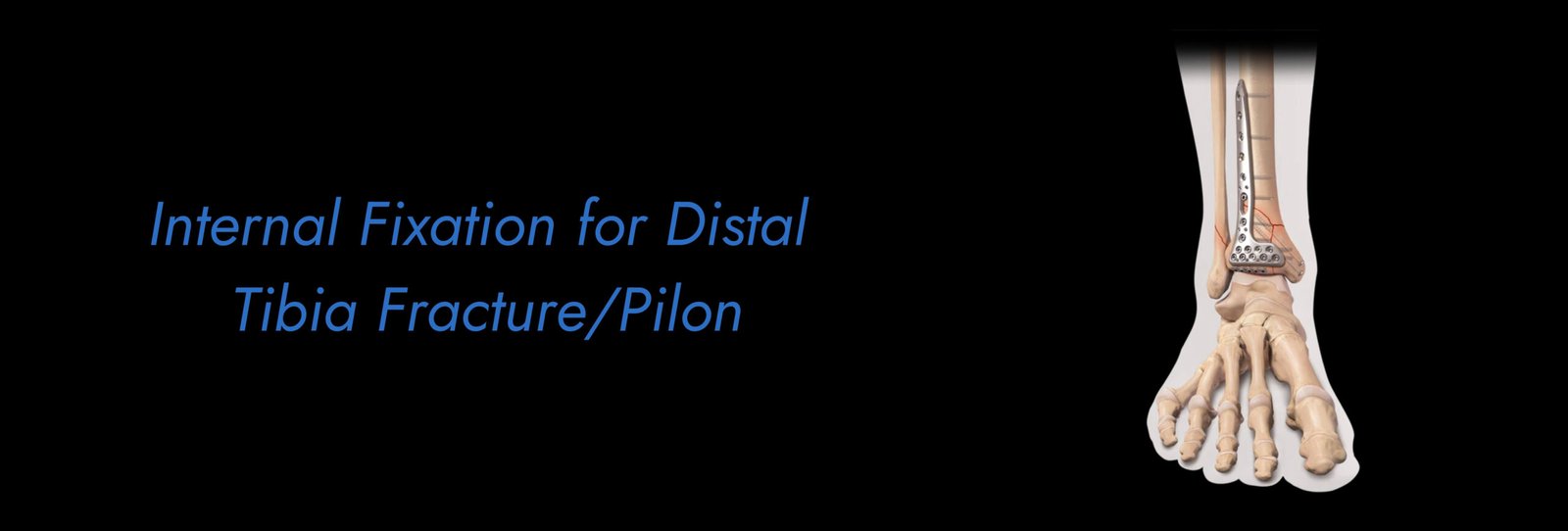
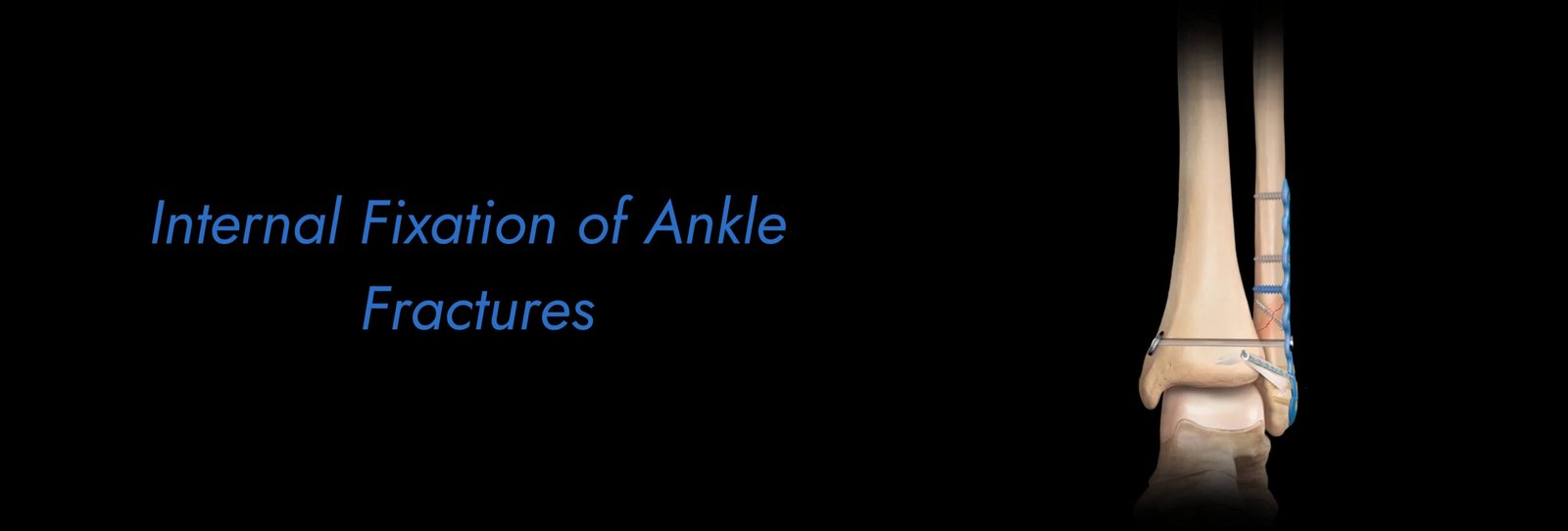
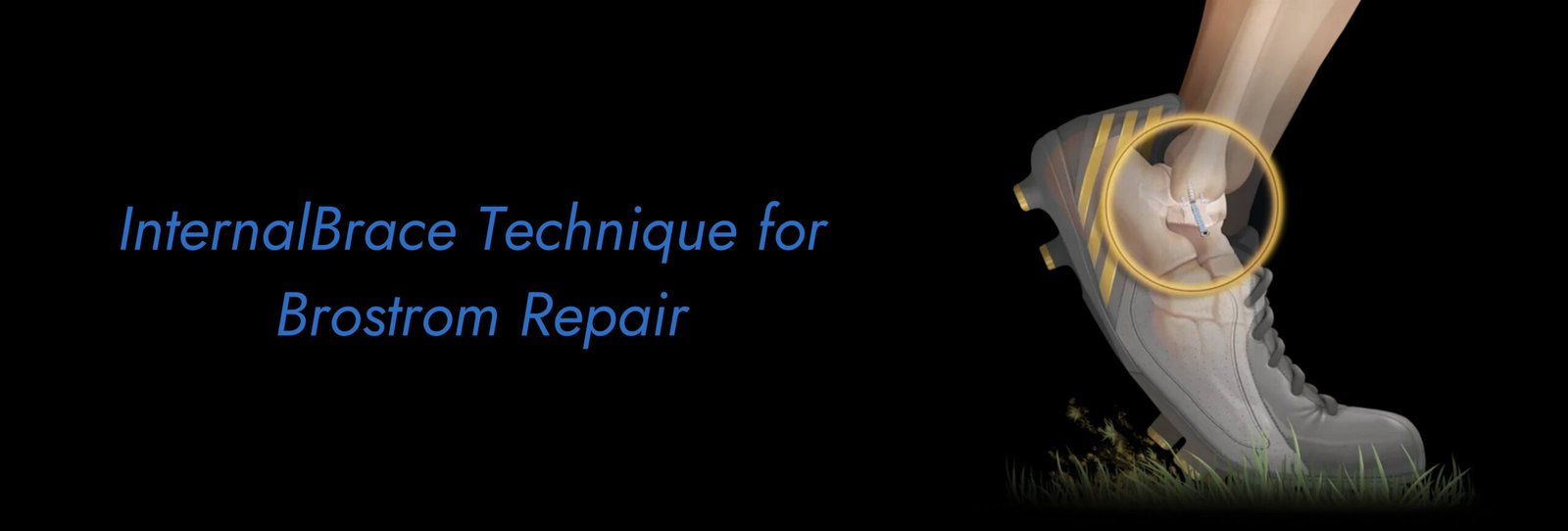
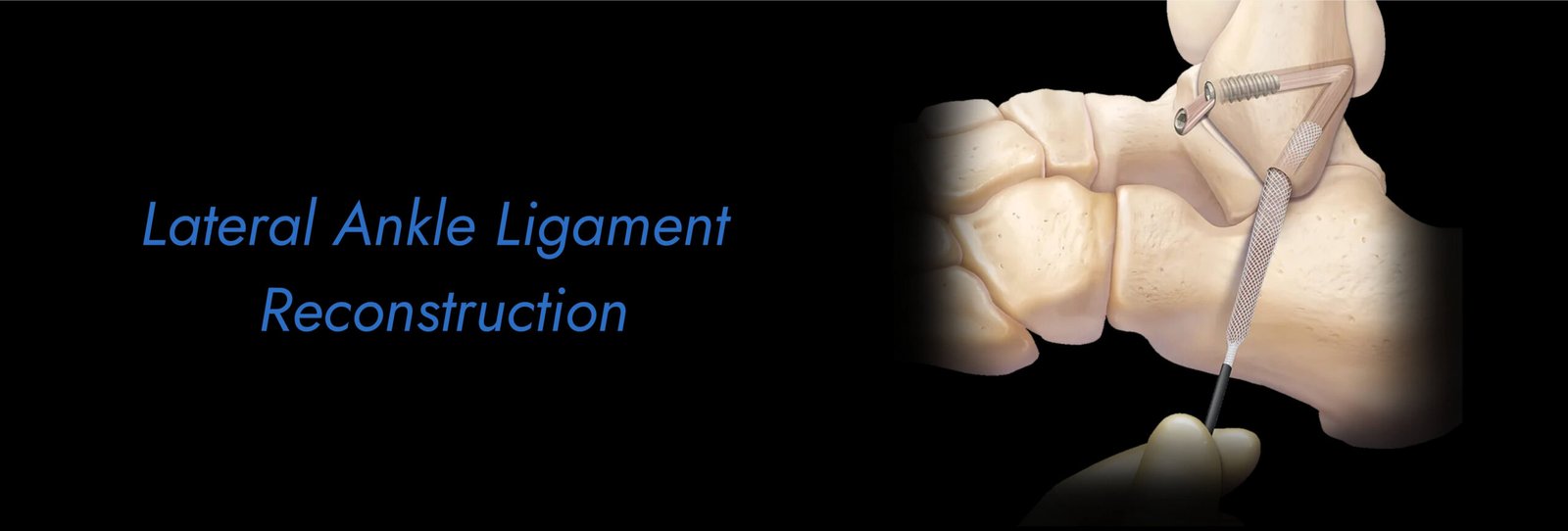
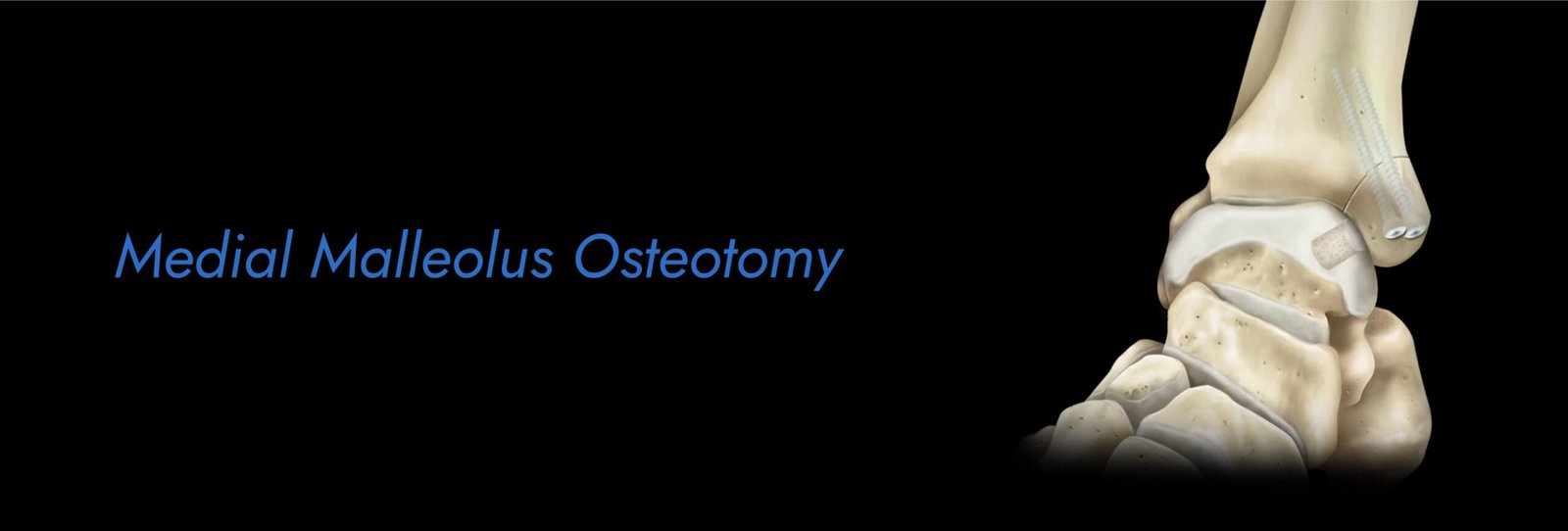
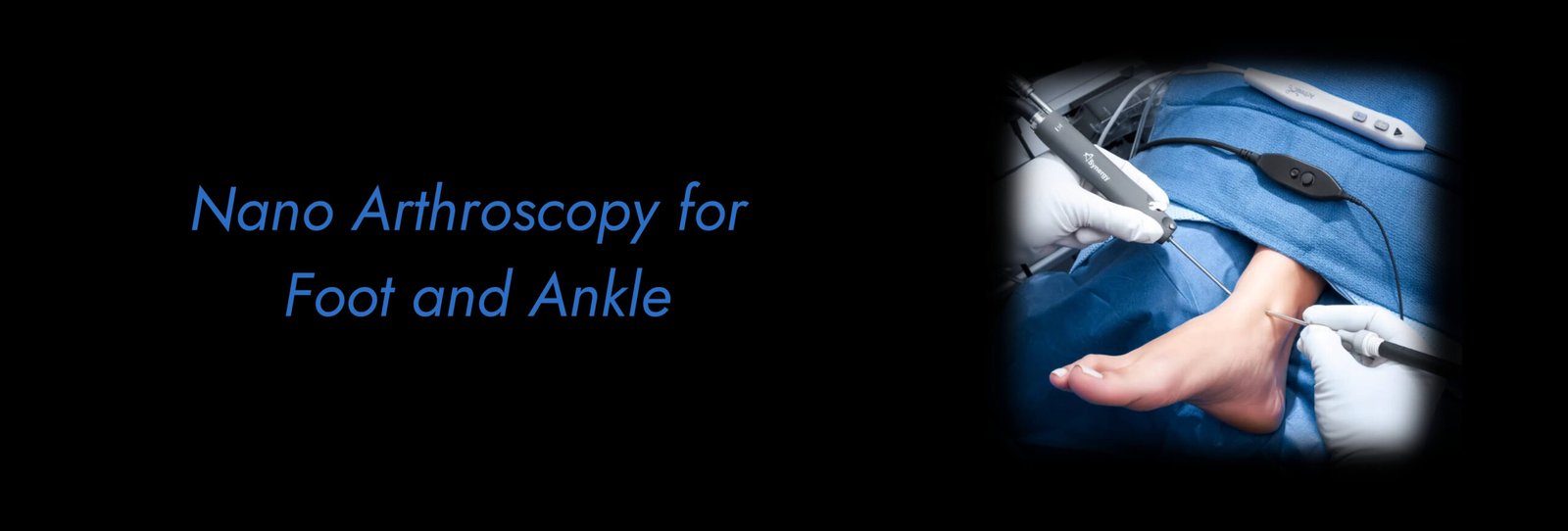
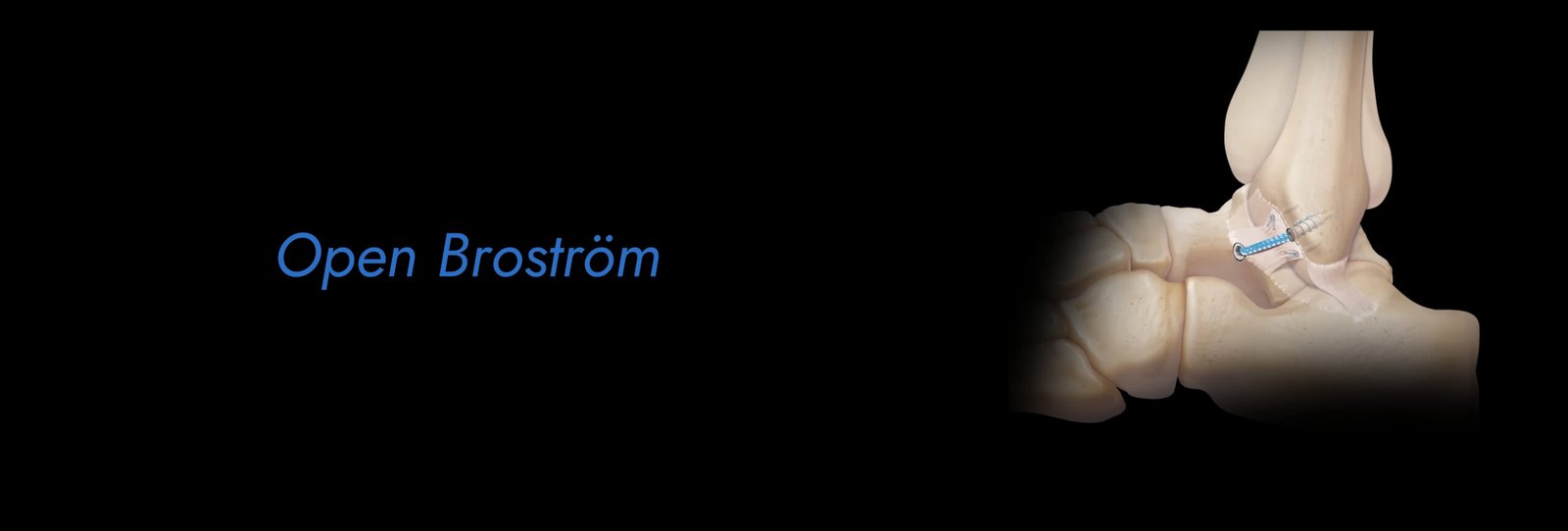
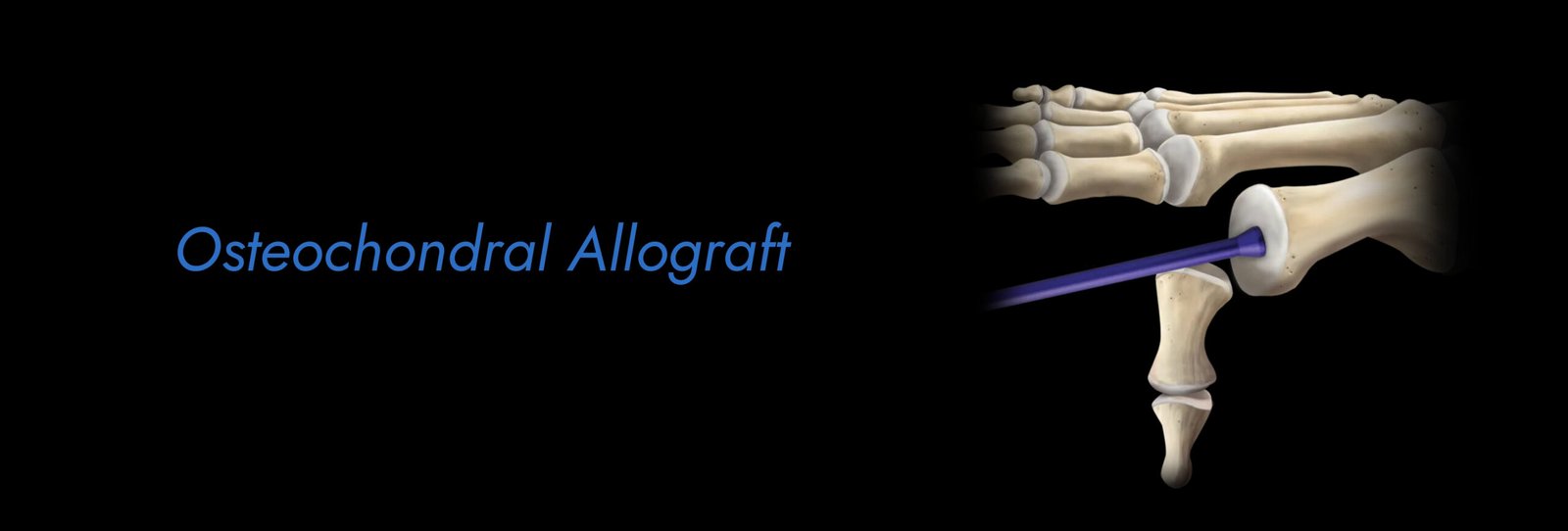
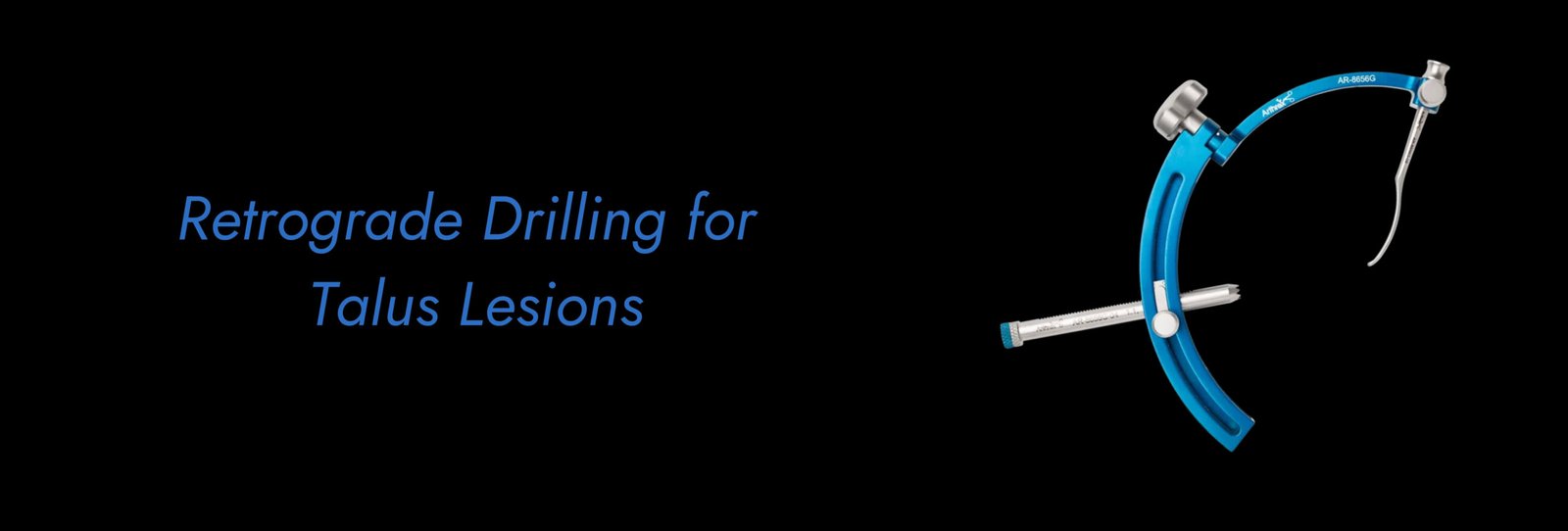
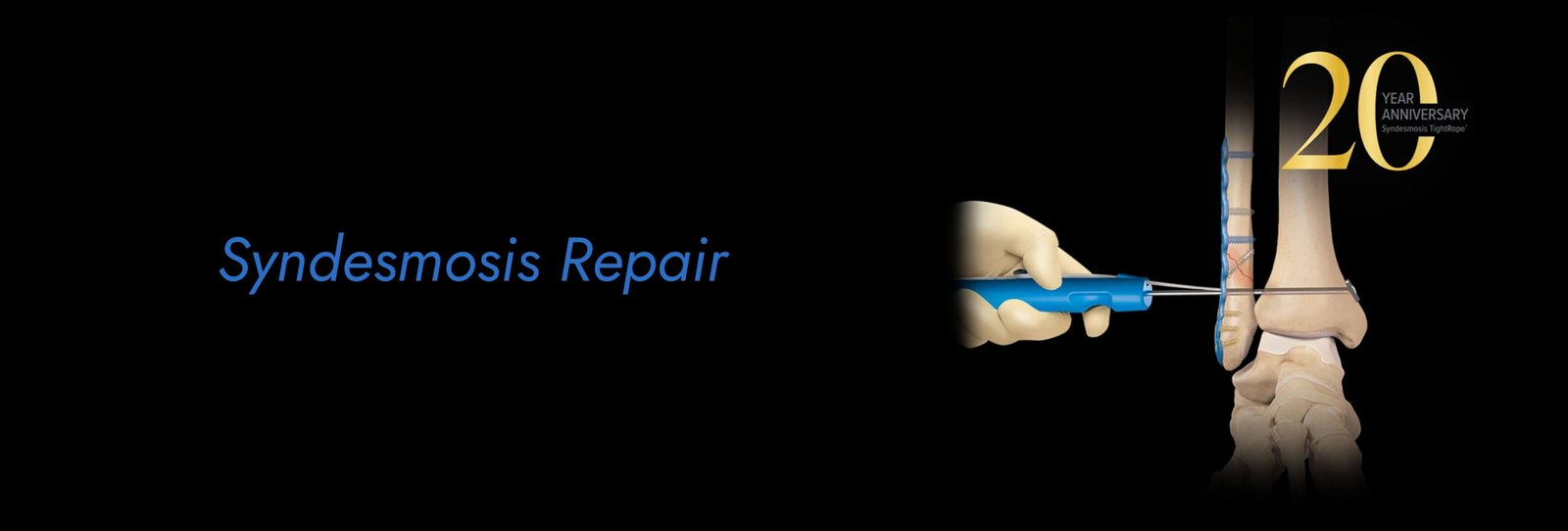
Ankle Treatment
Shoulder treatment procedures depend on the condition affecting the joint, such as rotator cuff tears, arthritis, impingement syndrome, or dislocations. Here are common procedures and treatments:
Non-Surgical Treatments
Medication
- Pain relievers (e.g., acetaminophen, NSAIDs)
- Corticosteroid injections to reduce inflammation
- Platelet-Rich Plasma (PRP) injections for healing soft tissues (in some cases)
Physical Therapy
- Stretching and strengthening exercises for shoulder stability
- Improving range of motion and reducing stiffness
- Posture correction and ergonomics advice
Rest and Activity Modification
- Avoiding activities that strain the shoulder
- Using slings or braces for support during healing
Heat/Ice Therapy
- Applying ice packs to reduce swelling
- Heat therapy for chronic stiffness
Minimally Invasive Surgical Procedures
Arthroscopy
- A minimally invasive procedure using a small camera and instruments.
- Used for treating:
- Torn ligaments or tendons (e.g., rotator cuff repair)
- Impingement syndrome
- Removal of loose cartilage or bone spurs
Capsular Release
- For frozen shoulder (adhesive capsulitis), where tight tissues are released arthroscopically.
Debridement
- Removal of damaged tissue to promote healing.
Major Surgical Treatments
Rotator Cuff Repair
- Tendons of the rotator cuff are reattached to the bone.
- Performed arthroscopically or as open surgery, depending on the tear.
Shoulder Replacement (Arthroplasty)
- Damaged parts of the shoulder joint are replaced with prosthetics.
- Types:
- Total shoulder replacement (for arthritis or severe joint damage)
- Reverse shoulder replacement (for cuff tear arthropathy)
Latarjet Procedure
- Performed to treat recurrent shoulder dislocations.
- Involves transferring a bone graft to stabilize the shoulder joint.
Fracture Repair
- Using plates, screws, or rods to stabilize broken bones in the shoulder.
Tendon Transfer
- Tendons from nearby muscles are moved to restore function in cases of severe rotator cuff damage.
Rehabilitation Post-Treatment
- Customized physical therapy to restore strength and flexibility.
- Gradual return to daily activities under medical supervision.
- Monitoring for complications, such as stiffness or infection.
For specific advice and treatment, consult an orthopedic specialist like Dr. Iftekhar Alam or a doctor skilled in shoulder conditions. Early diagnosis can improve outcomes significantly.
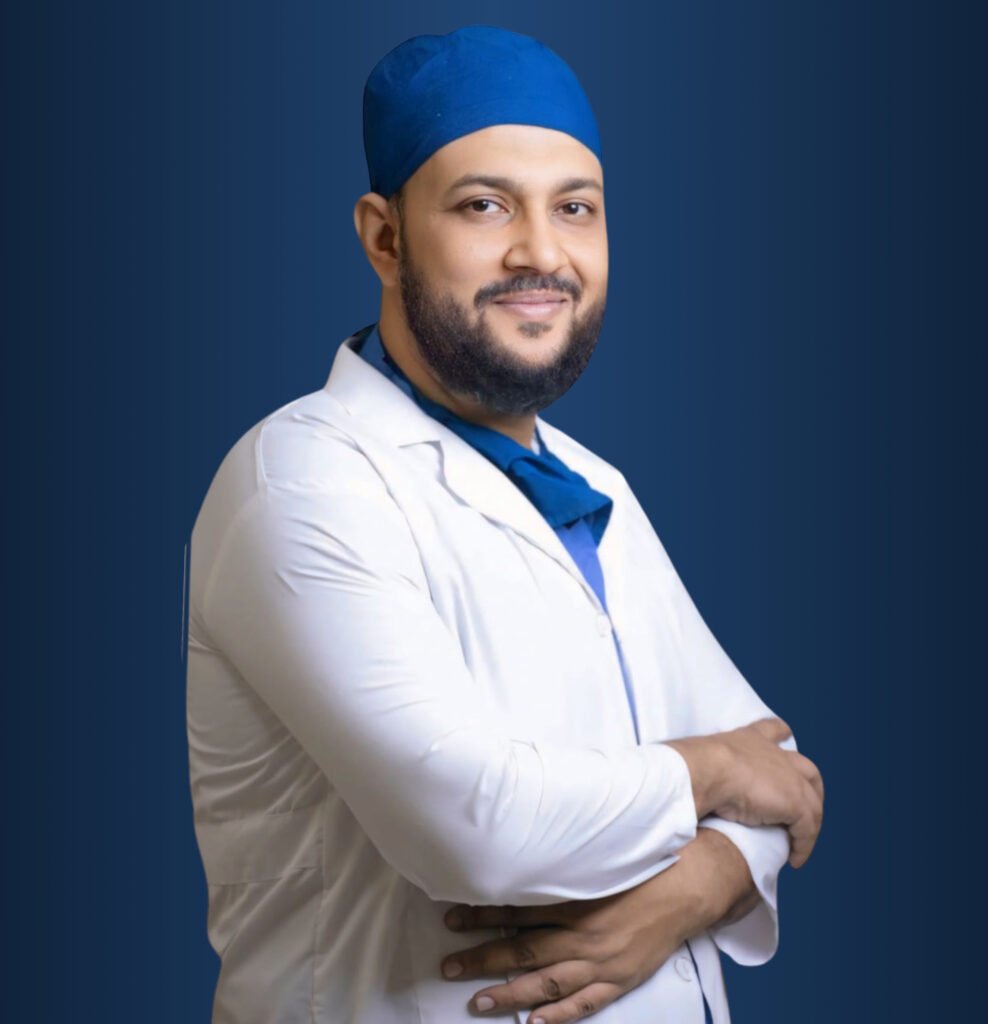
Dr. Md. Iftekharul Alam
- MBBS, BCS (Health), MS (Ortho), FACS (USA)
- FIJR (Kolkata), FASM (Bangalore),
- Fellowship in Arthroplasty and Arthroscopy
- Assistant Professor
- National Institute of Traumatology & Orthopaedic Rehabilitation (NITOR)
Opening Hours
-
Sat : 02:30 PM – 07:00 PM
Sun : 02:30 PM – 07:00 PM
Mon : 02:30 PM – 07:00 PM
Tue : 02:30 PM – 07:00 PM
Wed : 02:30 PM – 07:00 PM
Thu : 02:30 PM – 07:00 PM
Fri : 02:30 PM – 07:00 PM(Popular only on Fridays from 5:00 to 8:30 p.m)



